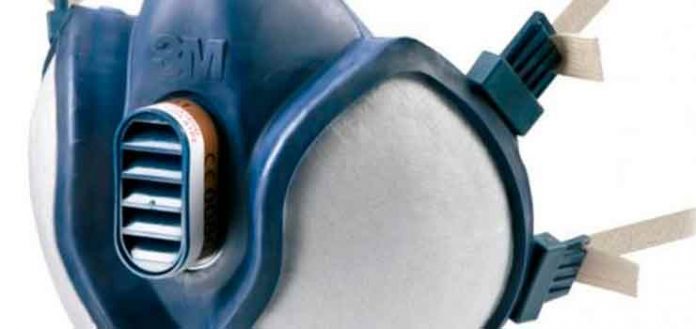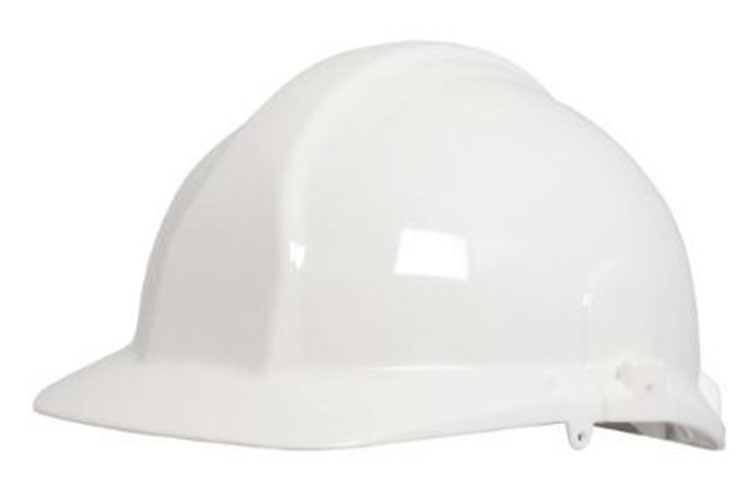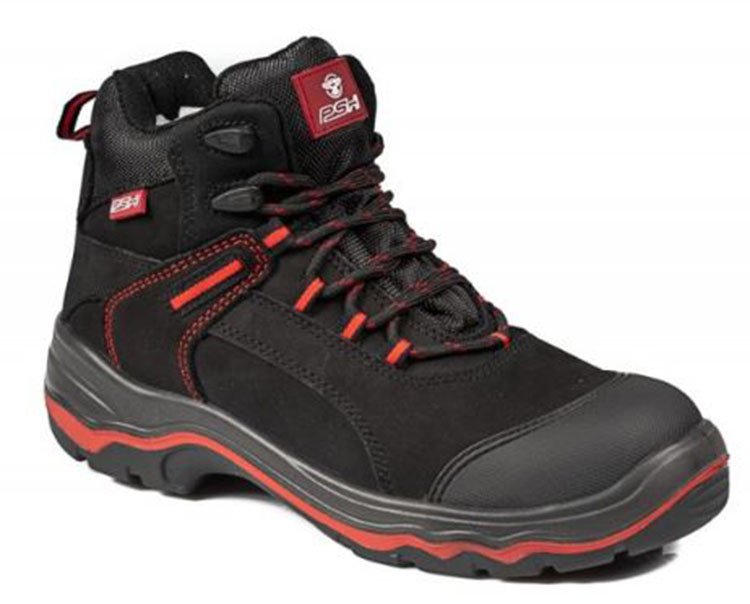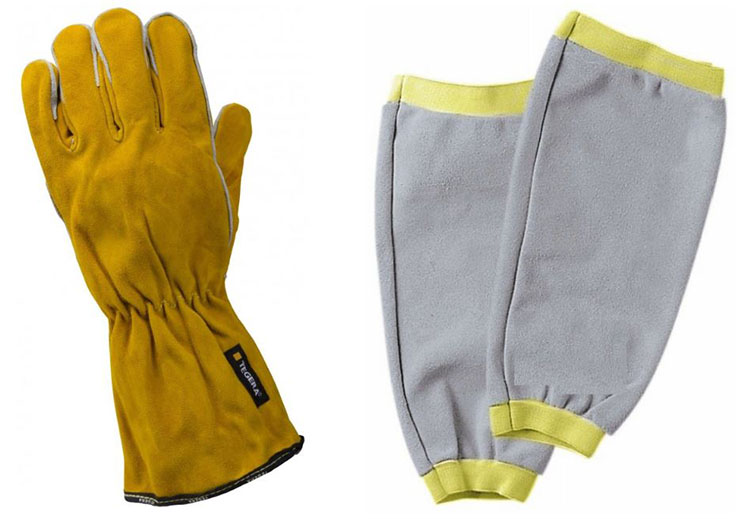
Having good quality tools is of great importance, both in the professional field and in DIY. But we must not forget other aspects of equal or greater importance. We will talk about it below.

Safety helmet
Most DIY tools are dangerous if not used carefully. Many of these tools, both electric and manual, have blades, such as carpenter’s planers, saws, chisels, grinders and cutters, to name a few.
To avoid risks of accidents, we must take into account, at least, the following advice:
tools in condition
A quality tool, cared for and correctly maintained, guarantees its optimal operation and, therefore, a lower probability of an accident.
For example, a manual circular saw with little power, with a badly sharpened or damaged blade or, in general, in poor condition, can cause accidents that could have been avoided.
Caution
Caution and common sense are two other good allies of safety at work and in DIY.
We must always act according to the instructions of the manufacturer of the tool we are using, and without exposing ourselves more than necessary.
protective clothing
Last but not least, we have clothing and protective material.
The unlikely is not impossible, so even having taken into account the two previous points, it could be that any unforeseen event occurs that causes the accident. This is where clothing and auxiliary protective material come into play.
Clothing and auxiliary protection elements can minimize the consequences of an accident. It could even be resolved without personal injury, depending on the type and circumstances of the unforeseen event. In fact, there are websites like https://shop.iturri.com/, specialized in work clothing, as well as in all kinds of protection elements.

Security boots
However, this aspect, despite its enormous importance, often takes a backseat.
For this reason, we have written this article in order to raise awareness and draw attention to this important aspect, not only professionals, but also DIY enthusiasts.
Precisely the latter are the most exposed. On the one hand, due to ignorance itself. And on the other, the reasoning that leads us to think… “I’m only going to do it once. I’m sure nothing’s wrong with me”, or also… “once I’m going to do this, am I going to spend money on protective equipment?”
Unfortunately, things happen unexpectedly and, above all, when you are inexperienced in a discipline, the chances increase exponentially.
There are protective clothing and equipment for all kinds of activities. We can find everything from gloves, to pants against electric arcs, through masks with anti-particle filters to paint and, of course, in these times that are so convulsive, we also have anti-Covid masks.
Protective Equipment Tips
Obviously, when one is a professional in a specific activity, it is much easier to choose clothing and protective equipment.
However, when we talk about DIY enthusiasts, the choice is much more complex since a multitude of disciplines are covered that, many times, have nothing to do with each other.
For this reason, we want to give you some advice that will help you and protect you from any unpleasant event.
You should wear clothing and protection elements that are versatile and that will serve you for all or almost all the DIY projects in which you embark.

Gloves and sleeves, both in split leather, for welding work
Locker room
As for the wardrobe, you should have some loose-fitting work pants and a strong and resistant fabric.
Why should it be wide? In the first place, because you will work much more comfortably. And secondly, for example if you do some welding, or if you cut metal with the grinder, the pants will stop the sparks and their heat will not reach your legs.
For the upper body, the choice is more complicated. I would advise you a shirt with which you are comfortable. If it is long-sleeved, it is important that the cuffs are elastic and stick to the wrist. In carpentry, among others, loose grips are super dangerous, since they are likely to get caught in the blades of the tools being handled. In addition, an additional protection element should be added depending on the activity to be carried out.
Regarding footwear, good low boots that are resistant and protect your ankle.
Additional protection elements
The basic wardrobe would already be. Regarding the additional protection elements, you should not miss good split leather gloves, protective glasses and an ear protector.
This would be the minimum equipment that any DIY enthusiast should have.
From here, you must expand your team based on the activities you carry out. For example, if you are going to carry out work at height, the use of a safety harness is essential. Even if you are only going to do it once, you should use it. There are more basic but quality harnesses that would be a good option in these cases.
Remember, your safety and your life are priceless.
.



